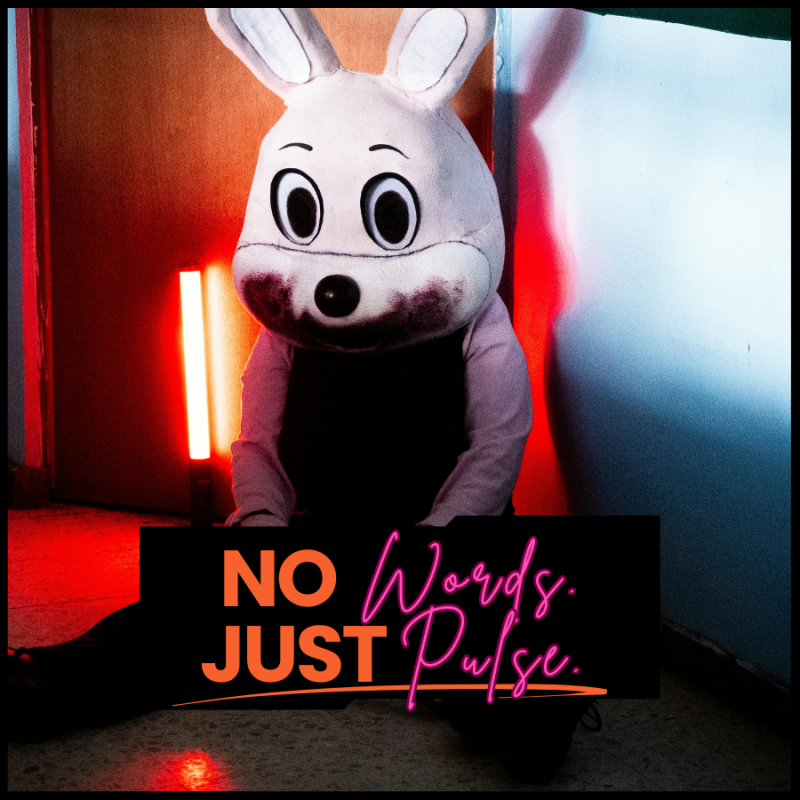Why Silence Can Be the Loudest
In filmmaking, dialogue is often the first thing that comes to mind when writing tension. But what happens when you strip it away? When characters say nothing—yet the audience is holding its breath?
Creating tension without dialogue is a hallmark of masterful visual storytelling. It forces filmmakers to rely on cinematography, sound design, blocking, and performance to keep viewers on edge. For indie filmmakers, this technique is not only powerful—it’s often necessary.
With limited resources, minimal cast, or experimental scripts, silence becomes a tool, not a gap. And when used well, it can amplify unease, deepen character mystery, and engage the audience’s imagination more than words ever could.
1. Suggest Imbalance
Every frame tells a story—and in suspense-driven scenes, your framing should feel off on purpose.
- Asymmetry: Use negative space or place your subject off-center to create unease.
- Depth Cues: Layer elements in the foreground or background to suggest someone (or something) might emerge.
- Obstructed Views: Frame through windows, doorways, or objects to create voyeuristic tension.
🎥 Example: The Conversation (1974) uses tight, off-kilter framing and reflective surfaces to isolate the protagonist and build paranoia—without over-explaining.
2. Movement = Mood
Camera movement can be just as expressive as dialogue—if not more.
- Slow Creeps: A slow dolly-in or push-in builds anticipation.
- Static Frames: Keeping the camera still while the world moves around it creates observational tension.
- Tracking from Behind: Following a character closely from behind makes the audience feel like a shadow—an unspoken threat.
📽️ Pro tip: Movement should mimic emotion. A nervous character? Go handheld. A controlled villain? Keep it gliding and smooth.
3. Scene and Micro-Expressions
When there’s no dialogue, every glance, twitch, or breath becomes loaded with meaning.
- Encourage your actors to internalize the stakes of the scene.
- Use close-ups to capture micro-expressions: darting eyes, tight lips, clenched jaws.
- Let silence hang—the longer a character doesn’t speak, the more we want to know what they’re thinking.
🎬 Example: In A Quiet Place (2018), every physical movement is calculated, every facial shift magnified—and it’s terrifying.
4. Play With Sound and Silence
Sound is your secret weapon. Done right, it can shape mood more effectively than dialogue ever could.
- Ambient Sound: The hum of a fridge, a distant dog barking, or leaves rustling can create auditory unease.
- Selective Silence: Removing sound entirely creates discomfort—viewers instinctively strain to listen.
- Sound Cues: Use sudden shifts (a stopped clock, a creaking door) to heighten tension without showing anything.
🎧 Example: No Country for Old Men strips music from many scenes, letting footsteps, door creaks, and silence tell the story.
5. Lighting: Conceals and Reveals
Light isn’t just about visibility—it’s a tension-building tool.
- Shadows and Silhouettes: Obscure details to suggest threat or mystery.
- Color Temperature: Cooler tones feel clinical and isolating; warmer tones can feel deceptive or suffocating.
- Practical Lighting: Flickering bulbs, headlights, or candlelight create unpredictability.
💡 Example: Zodiac (2007) often hides characters in dim pools of light, reinforcing uncertainty and danger.
6. Time Cuts for Maximum Suspense
Pacing your edit is critical when you don’t have dialogue to lean on.
- Hold on Reactions: Let a character process silently. The longer you wait, the more tension builds.
- Delay Reveals: Cut after the audience expects you to. This disorients and intrigues.
- Crosscutting: Show simultaneous actions in different locations to imply convergence or danger.
🕰️ Example: Psycho (1960)—the infamous shower scene relies on cut rhythm, not dialogue, to terrify.
7. Build Internal Stakes
Repetition creates rhythm—and expectation. Break that expectation, and tension spikes.
- Repeated actions (checking a lock, glancing over the shoulder) grow more anxious each time.
- Visual motifs (a red balloon, a ticking clock) gain power through recurrence.
🔁 Why it works: Repetition builds anticipation. When the expected doesn’t happen—or happens differently—your audience feels the shift.
8. Trust the Audience
One of the most powerful things about visual suspense is this: you don’t have to explain everything.
- Let ambiguity live in the frame.
- Let pauses, looks, and silence breathe.
- Give viewers credit—they’ll fill in the blanks with their own fear, memory, or expectation.
📌 Reminder: Film is a visual medium first. Dialogue supports, but tension thrives in what’s not said.
“Silent Suspense” Mood Board
Planning a tense, dialogue-free sequence? Start with a mood board:
- Include lighting styles, shot angles, color palettes, and sound design notes.
- Use frames from reference films that rely on non-verbal tension.
- Share this with your DP, editor, and sound designer to ensure tonal alignment.
Silence as a Storyteller
In indie filmmaking, you often have to do more with less—and that’s not a limitation. It’s an invitation.
Silence, restraint, and visual storytelling can elevate your narrative. They demand more from you—and give more to your audience in return.
So the next time you’re tempted to add a line of dialogue… pause. Ask: What happens if I say nothing, and let the frame speak instead?
Because sometimes, silence isn’t empty—it’s full of tension.
Transformational Screenwriting
Want to craft scenes that pull tension from the page—without dialogue? Start by building beats based on emotion, not exposition. In Transformational Screenwriting, we teach you how to build internal shifts and thematic stakes into every moment. Learn more and deepen your cinematic voice.

